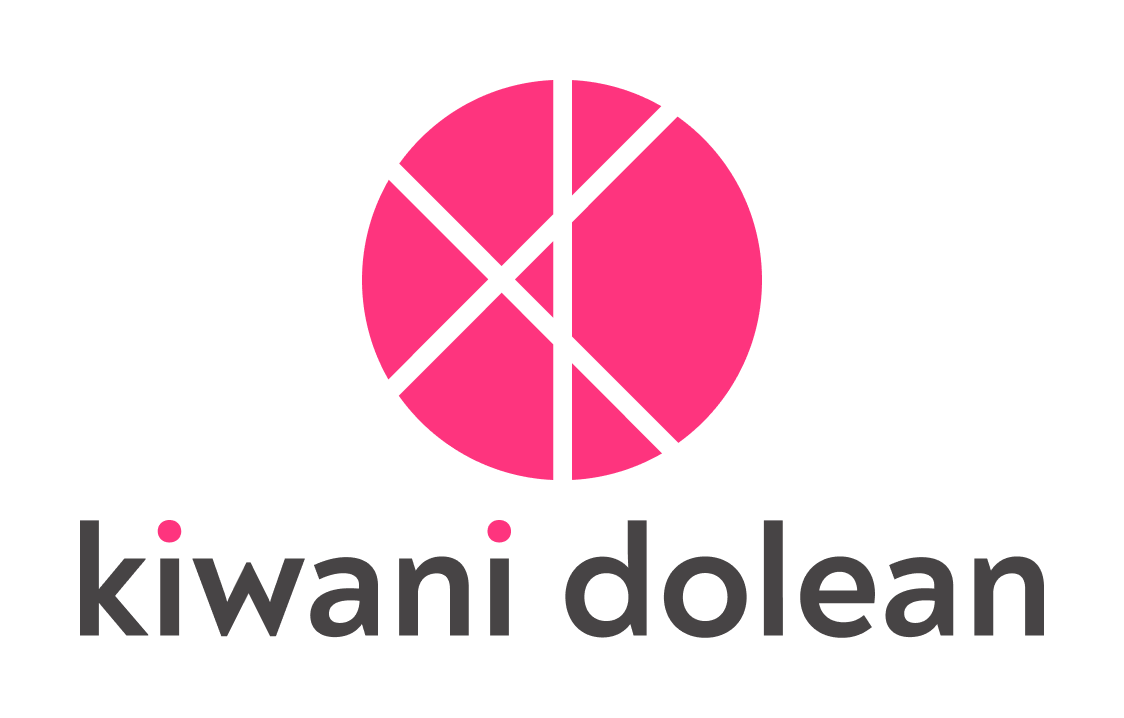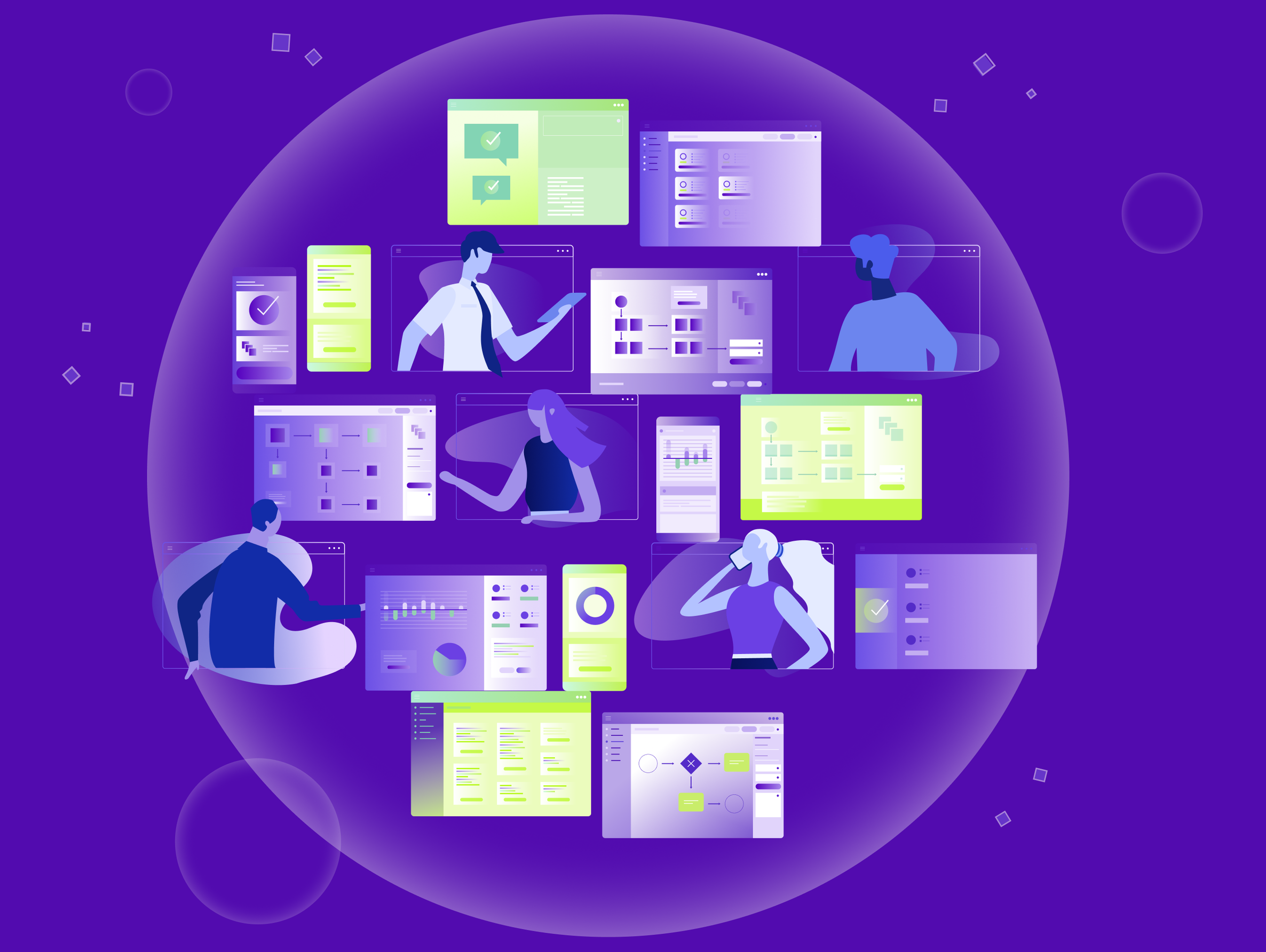Case study
Crafting a seamless onboarding flow for a B2B SaaS low-code tool
I led the UX and product design for a project focused on developing an intuitive onboarding flow for the flagship low-code product of a global B2B SaaS company. This company specialises in creating digital transformation tools focusing on the manufacturing, aviation and automotive sectors. The low-code flagship product empowers businesses to map and automate end-to-end processes, improving their efficiency through modelling, automation, analytics and machine learning.
The primary goal of the project was to increase user activation and reduce support requests by simplifying the platform’s onboarding experience and encouraging the adoption of automation features through early education.
Key results 1 month from launch
Achieved a 98% customer satisfaction score (CSAT)
Improved activation rate to 82%
Reduced support ticket volume and manual workload by 85%
Methods
User Research + Competitive Analysis
IA + Journey Mapping
Wireframing + Prototyping
Visual Design + UI design
Usability Testing
Collaboration & Timeline
I collaborated with the Chief Digital Transformation Officer (CDTO), a front-end Engineer, 2 back-end Engineers and a Content Manager. The project took around 3 months in 2020, with 4 weeks of design and 8 weeks of development.
This case study has been anonymised for confidentiality purposes. The name of the company and product has been omitted while maintaining the integrity of the project outcomes.
Setting the scene
Since its launch, the low-code platform was used by a few hundreds internal users and several big Enterprise customer teams in the manufacturing sector. Every single user had been onboarded manually.
A manual onboarding
New users got in touch internally or through a contact form: we would run a demo for them and then spin up a workspace in the backend. For users joining an existing workspace, we sent bespoke email invites. Following signup, all users received training through a series of calls.
On average, this process generated ~80 tickets per month, each requiring involvement from an Account Executive for demos and emails, an Engineer to create workspaces and a Customer Support Specialist to provide guidance and training.
These practices were standard at this global company, reflecting their conservative approach to digital transformation. For the flagship low-code product we wanted to do things differently, so the CDTO and I pushed for a self-serve option as an opportunity to innovate, disrupt the status quo and streamline operations to reduce costs.
Our goals and vision
In crafting a new onboarding flow for the platform, our main aim was to offer a seamless user experience, while also boosting user activation, satisfaction and retention. We wanted signing up to be simple, removing any need for manual intervention and ensuring a frictionless and swift journey.
We aimed to provide educational guides and walkthroughs, reducing the need for extensive personalised training. Ultimately, our goal was to create a user-friendly flow that encouraged exploration and use of the platform from the start, with onboarding fitting into our wider go-to-market strategy.
Our KPIs
User activation: engaging new users, tracked by how many would map or run a process post sign up
User satisfaction: ensuring a positive experience for people, measured via CSAT survey
Ticket volume: tracking reduction in number of tickets, correlating directly to cost savings
The user research
To kickstart the process, I conducted some competitive analysis to see what B2B SaaS companies where doing in the onboarding space. In parallel, I collected quantitative and qualitative insights from ~100 active users, including internal and external stakeholders, through surveys and interviews.
This allowed me to gather feedback on the type of guidance and resources people wished they had when they started using the platform, as well as opportunities for enhancing the UX.
I also conducted problem discovery interviews with main stakeholders from large Enterprises, identifying potential opportunities and gathering their requirements.
Identified opportunities
People were frustrated by the platform’s manual onboarding process, which was too lengthy and time-consuming
They found the product complex and were confused by the lack of documentation and the amount of support needed to get started
Overall, they wanted more videos and articles as guidance to get started with mapping and running processes
The process
To tackle these opportunities, I created a detailed information architecture flow and involved key stakeholders in discussions. I hosted a workshop with the Development team to pinpoint technical limitations and trade-offs.
These interactions helped align the team and allowed me to refine the flow, create initial wireframes and test a prototype in remote usability sessions. This process resulted in the finalised user interface designs, focusing on improving user experience and adding delightful elements through digital illustrations.
Trade-offs and MVP
We were now ready for development. When we started sizing work, in light of the overall experience, we faced some trade-offs. Recognising that developing the full experience would take months, we opted for an MVP (minimum viable product) version of the onboarding flow. This included key touch points and essential processes to deliver fundamental functionality within a reasonable timeframe, including integrations to measure metrics.
The results
After the MVP launch, I collaborated with the team to plan for future iterations and releases. Within a month, we achieved outstanding results aligned with our original KPIs:
98% Customer Satisfaction Score (CSAT), indicating high user satisfaction
82% activation rate, demonstrating strong user engagement
85% reduction in ticket volume, showcasing increased user self-sufficiency
Takeaways
These surprisingly remarkable metrics highlighted how eager our customers were for innovation in the digital transformation sector. Larger manufacturing companies, used to dealing with outdated and clunky software, were drawn to the fresh look of our onboarding process, its modern illustrations and the ease of self-service.
With promising results and a low baseline to start from, there was a lot of room for the team to work on future improvements – such as personalisation, gamification and the templatisation of processes.
The onboarding flow and self-serve approach supercharged the product and enabled us to start working on key features that would improve the experience and capabilities for our stakeholders.
Check out the UI designs and the flow 👇
B2B SaaS Low-Code onboarding flow: sign up
B2B SaaS Low-Code onboarding flow: setting up a free trial
B2B SaaS Low-Code onboarding flow: sector selection
B2B SaaS Low-Code onboarding flow: role selection
B2B SaaS Low-Code onboarding flow: working alone or with a team
B2B SaaS Low-Code onboarding flow: learning segmentation
B2B SaaS Low-Code onboarding flow: mapping guide
B2B SaaS Low-Code onboarding flow: running guide
B2B SaaS Low-Code onboarding flow: learning centre
B2B SaaS Low-Code onboarding flow: exploring hub
EXPLORE MORE CASE STUDIES
















